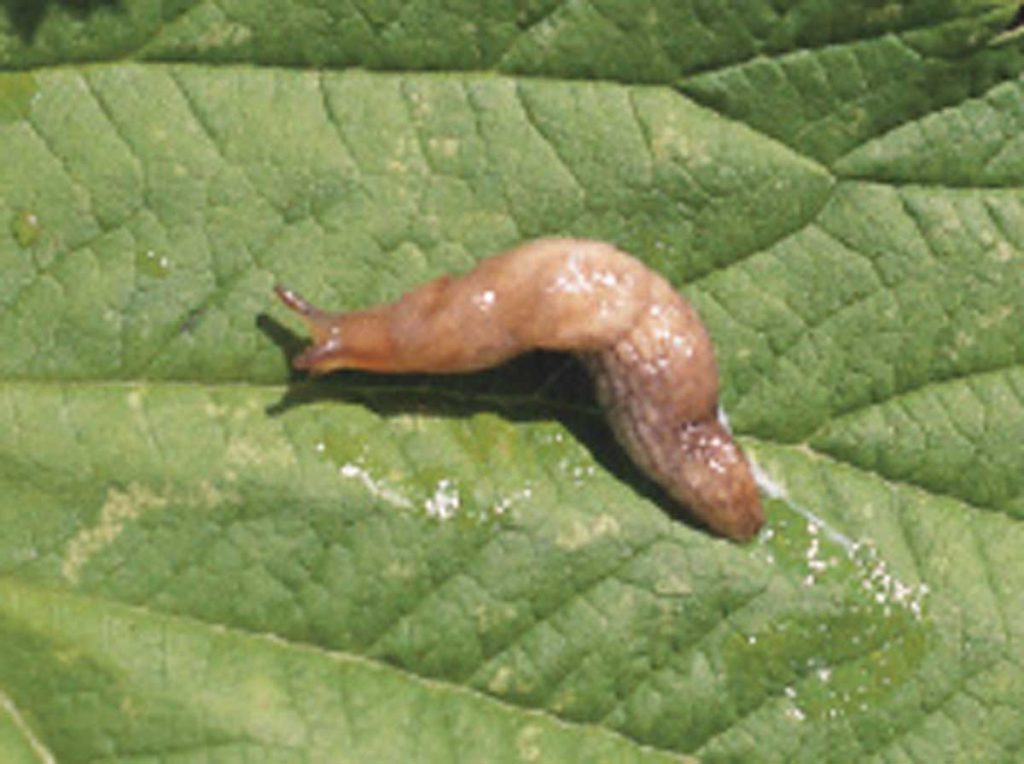
Ash Sial, Associate Professor in the University of Georgia in the Department of Entomology, is receiving reports of slug infestations in Georgia blueberries.
According to the UGA IPM blog, slugs generally lay between 3 and 40 small transparent eggs at one time. Each slug can lay up to 400 per year. The slugs can contaminate the harvested fruit once harvest season approaches. They can reduce the quality by leaving slime trails on the fruit.
When do Producers Need to Monitor?

The best time to monitor for slug infestations is in early spring around March. Farmers can place small amounts of slug bait near a potential slug habitat. Habitats are the consistently wet and moist areas in the field. Check periodically for activity. Tolerance levels vary according to the end product usage and processor.
Slugs and snails rarely cause economic damage in blueberries. Treatment is necessary to control them. Several slug baits are registered for use in blueberries. The most widely used and effective are baits with metaldehyde.
It’s important to bait prior to harvest. This is common if slugs are known to be present.
Preventative Strategies
Preventative strategies are helpful for achieving long-term management.
- Trellis the blueberry plants to keep branches from touching the ground. This practice reduces the number of slugs gaining access to the plant.
- Mow or completely eliminate the vegetation in the plant row and between the berry rows. This can reduce slug habitat.
- Keep crates and pallets away from damp soil and grass. It prevents migration of slugs into and under crates taken to the field before harvest.
- Use geese as predators to control slug populations.
- Eliminate consistently wet/moist spots in the field with good drainage. This reduces favorable habitat for slugs.
Slugs are soft-bodied mollusks. They do not have a shell. They can be as small as 0.25 inches to 10 inches longs. Their color can vary from yellow to green to brown to black. Some may even have spots or colored patterns.









